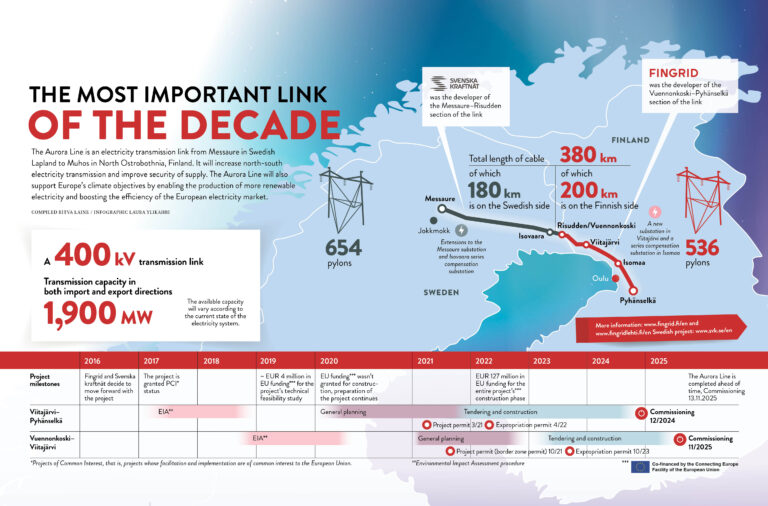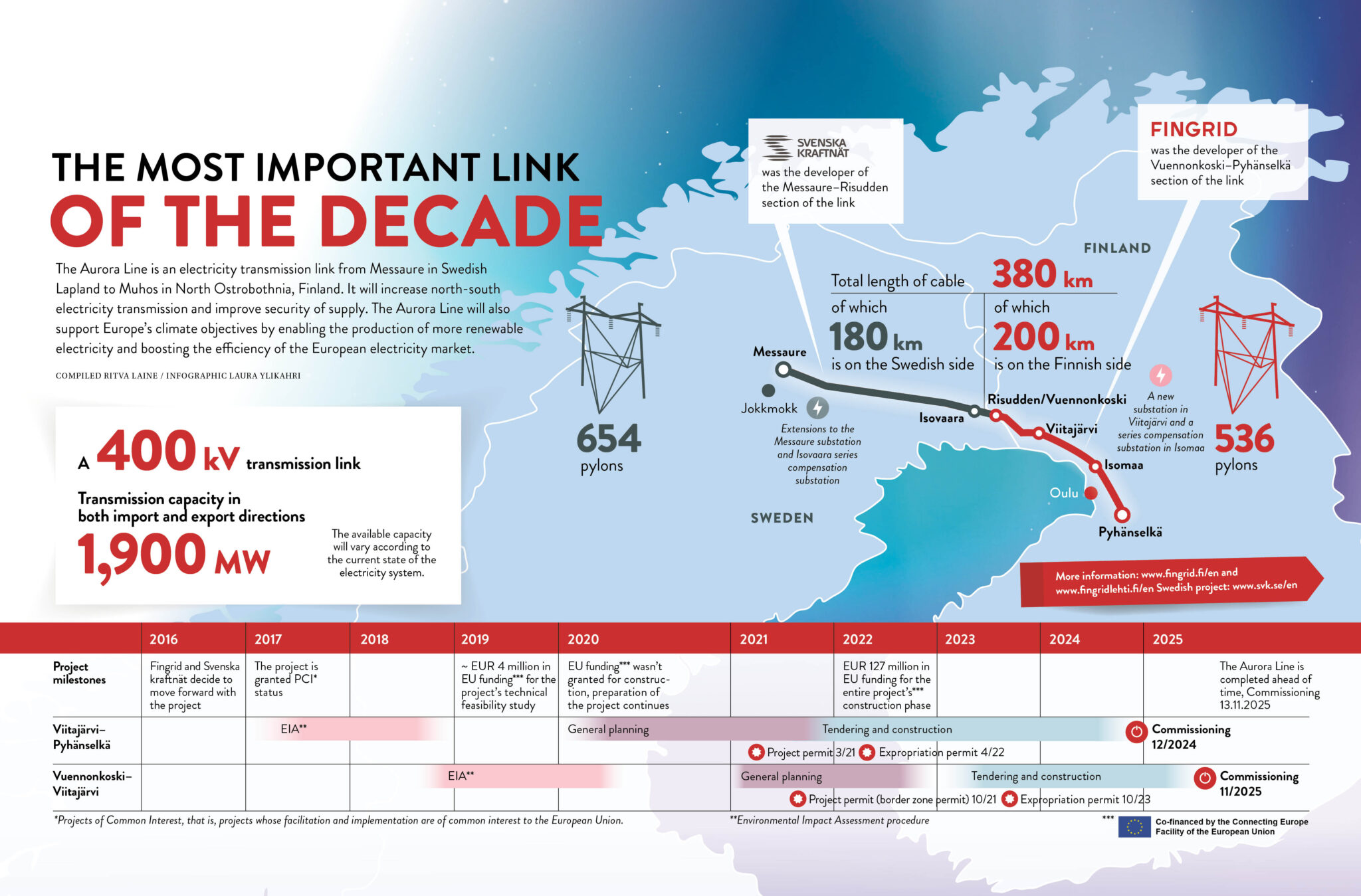The Main Grid Control Centre has three jobs: managing the power balance, the power system, and the grid. There are as many as 20 different bundles of tasks under the main jobs. Dozens of information systems are needed to handle these responsibilities. Every operator at the Centre is tasked with creating situational awareness, which requires information to be retrieved from various information systems.
“Just about every process or partial process has a dedicated system that was built for it. As a consequence, the operators – in other words, the people – need to be able to take information from several processes and many systems. Lots will change in the coming years for reasons such as the 15-minute imbalance settlement period and the new Nordic balance management model, including the information systems. However, Fingrid needs to uphold the current level of system security throughout this. The situational awareness system tackles this challenge,” says Mika Laatikainen, System Development Specialist.
Better situational awareness can be obtained by consolidating the relevant data from source systems in a single place – the situational awareness system.
The situational awareness system combines the existing information and visualises it according to the choices of the Main Grid Control Centre operators. This enables it to create an overview of the main grid and the real-time electricity markets for users to interpret. This facilitates the work of operators.
“Better situational awareness can be obtained by consolidating the relevant data from source systems in a single place – the situational awareness system. There is a lot of data, so the system can be programmed to provide each user with only the information relevant to their work. At the same time, information can also be shown to other Fingrid employees, thereby automating information sharing.”
Metrics arrange information in order of importance to the user
Information can be simplified by subject area using various metrics, which also enable information to be prioritised. Every subject area has suitable metrics defined for it.
“The system is structured like a stack of cards, where each card represents a part of the situational awareness of the main grid. The order and colours of the cards change according to how critical the situation is in comparison with the metric set for it. The system issues warnings and alerts when action is required. Users can click on cards to open a more detailed view of the subject, such as graphs, maps, history data, and forecasts. The things that are going well need less attention,” Laatikainen says.
Supporting information sharing
In addition to the version for Main Grid Control Centre operators, a version of the system will be created for Fingrid’s internal users, such as the fault clearing groups. Information will flow more smoothly.
“One of the Main Grid Control Centre’s tasks is to communicate the situation to the various parties needed to clarify it. The situational awareness system sends information to the relevant support personnel automatically, so the support functions have access to the necessary information right away.”
Our employees are looking forward to the deployment of the system because they find that it genuinely facilitates their work.
The situational awareness system has been in trial use since the summer, and it will be officially deployed towards the end of the year. Subjects will be added to the system one by one.
“The system helps us to formulate a convenient overview of disturbances, which helps faults to be corrected more quickly. We can also offer the electricity market all the possible capacity, even in unforeseen circumstances. If an abnormal situation arises, our team improves its operability and corrects the faults swiftly. Our employees are looking forward to the deployment of the system because they find that it genuinely facilitates their work,” Laatikainen says, listing the advantages of the system.







